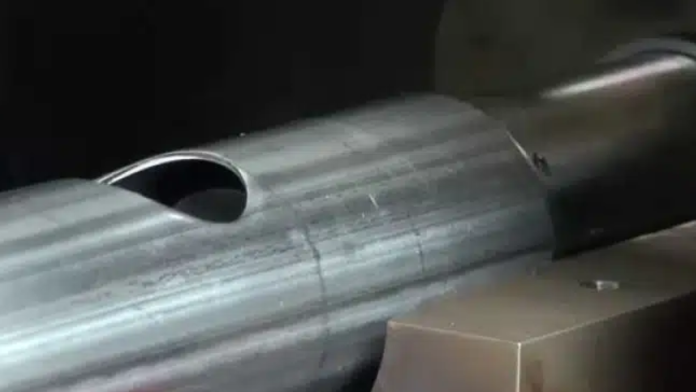ASTM A500 Grade B and Grade C commonly utilize specifications for cold-formed welded and consistent carbon metal underlying tubing, as referenced by the American Society for Testing Materials (ASTM). These grades are capable of serving as basic materials in a bunch of primary applications, from homes and bridges to framework undertakings and business hardware.
While both Grade B and Grade C offer incredible weldability, formability, and effect resistance, the choice among the 2 grades often relies on the specific engineering necessities of the venture, with Grade C commonly desired for applications requiring extra strength and overall performance. Engineers, architects, and project managers must become aware of the differences in these a500 grade b vs c so they can optimize their structural designs and ensure project success.
The Distinction of Mechanical Properties among ASTM A500 Grade B and Grade C
In this article, we will break down the mechanical differences found in A500 B and C, compare them to the A500 A specification, and figure out which variant will work best for you in various structural settings.
Tensile Strength
Tensile strength is the degree of a material’s capacity to withstand axial pressure before present process deformation or failure. ASTM A500 Grade B and Grade C show exceptional tensile strength values, reflecting variations in their material composition and manufacturing strategies. Grade B commonly has a minimum tensile strength of 58,000 psi (400 MPa), while Grade C generally has a minimal tensile energy of 62,000 psi (427 MPa). This better tensile strength of Grade C makes it appropriate for programs requiring more structural integrity and cargo-bearing ability.
Yield Strength
Yield strength is the maximum stress that a material can withstand without undergoing everlasting deformation. ASTM A500 Grade B and Grade C additionally range in their yield energy properties. Grade B generally has a minimal yield strength, while Grade C generally has a minimum yield strength. This higher yield strength of Grade C shows its superior resistance to plastic deformation beneath hundreds, making it ideal for structural factors subjected to significant stresses.
Elongation
Elongation measures the volume to which a material can stretch or deform before breaking. While both ASTM A500 Grade B and Grade C showcase true elongation houses, there are moderate differences among the 2 grades. Grade B commonly has a minimum elongation of 23%, at the same time as Grade C normally has a minimal elongation of 25%. This higher elongation of Grade C indicates its greater ductility and capability to withstand deformation without fracturing, which may be wonderful in applications in which flexibility and resilience are critical.
Cost
The cost of ASTM A500 Grade B and Grade C metal tubing may also vary depending on elements including market situations, provider pricing, the amount bought, and additional processing or finishing requirements. Typically, Grade C might also command a barely higher rate than Grade B because of its advanced mechanical houses. However, the general cost distinction between the two grades is typically minor compared with the benefits they give in primary execution and life span.
Hardness
As ASTM A500 Grade B and Grade C are not mainly characterized by hardness values, variations in their material composition and production processes might also bring about variations in hardness houses. Normally, Grade C may also exhibit barely higher hardness values than Grade B due to its extended carbon content and probably distinctive heat remedy approaches. However, the distinction in hardness between the two grades is commonly minimal and won’t be a tremendous component in most structural applications.
Weldability and Formability
Weldability and formability are important considerations in structural metal programs, as they determine the benefits of materialation and assembly. Both ASTM A500 Grade B and Grade Care are comfortably weldable and formable with the use of traditional welding and forming techniques. Their uniform material composition and regular mechanical residences make them ideal for an extensive range of materialation strategies, inclusive of welding, bending, and machining.
Summary
ASTM A500 Grade B and Grade C show off wonderful mechanical properties that affect their suitability for diverse structural applications. Even as Grade B offers proper tensile strength, yield strength, and elongation residences, Grade C offers higher stages of these properties, making it most appropriate for applications requiring enhanced structural integrity. Information on the mechanical differences between these grades is vital for deciding on the most suitable material for unique engineering requirements.














